The world of an oyster
Australians love an oyster, consuming millions each year, and in winter these molluscs are in their flinty prime.
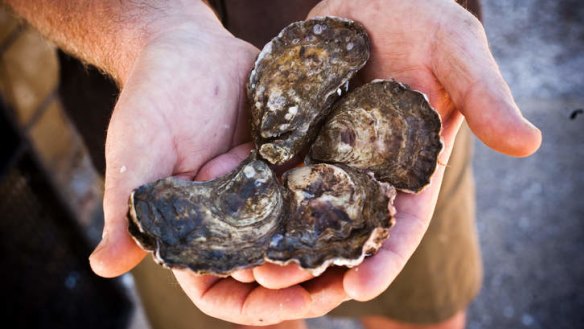
It's a warm autumn morning and the waters of Wapengo Lake on the south coast of NSW are mirror still. Mangroves hedge the banks of a small estuary and a forest of spotted gum forms a green amphitheatre filled with the incessant ''pings'' of bellbirds. And there's the occasional flash of blue as a kingfisher dives from an overhanging limb to catch a fish below.
It is one of the most beautiful waterways in the nation, a mix of salt and fresh water that flows to and from the South Pacific Ocean through a rocky headland.
Organic oyster farmer Shane Buckley from Wapengo Rocks takes us out on a flat-bottomed punt to see his oyster leases. The water below is crystal clear and small schools of sand whiting and the odd mullet dart underneath.
"Good oysters start with good water," says Buckley. "If you have good water then you can grow good oysters."
Oysters are filter feeders. They take in water and filter the plankton on which they feed. Whatever the plankton feed on helps influence the taste of the oyster. Trace minerals in the water also determine the flavour of an oyster. The saltier the water in which the oysters are grown, the more amino acids they produce, something we associate with umami.
Buckley points to a mountain in the distance. "That's Mumballa. It's a mountain sacred to the local Aboriginal families and the headwaters of the Wapengo Creek that runs into the lake," he says. It is also close to an actively logged forestry site. A few years back, Buckley and fellow oyster growers worked with the forestry industry to make sure run-off from logging sites didn't enter the waterway. They also worked with the local shire to tarmac the dirt road that runs along the side of the lake.
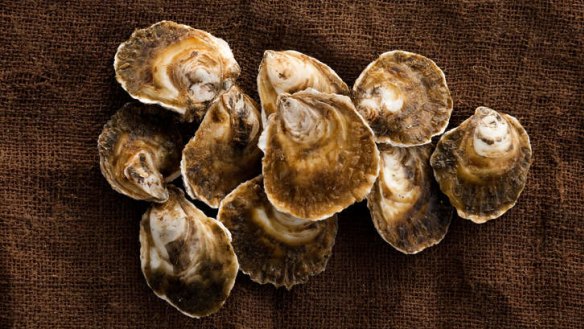
"But when the rains come there is always the threat of nasty bugs like E. coli washing into the water," Buckley says.
"The bugs don't last long but the fishery is closed until tests done on the oysters come back negative."
This is the same across the nation: health authorities monitor the water conditions in which oysters grow to avoid outbreaks of disease. In 1997, after heavy rain, more than 400 people were infected with hepatitis A and one person died from eating oysters contaminated with sewage overflowing from septic tanks.
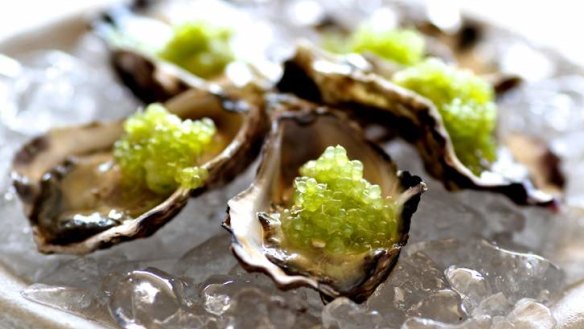
Australians eat about 16 million dozen oysters annually. NSW produces the bulk of the crop, 41 per cent, with most of those being the native Sydney rock oyster. South Australia grows 37 per cent of our oysters, these being the Pacific oyster, originally from Japan. Tasmania grows almost all of the rest, mainly ''Pacifics'', while Queensland has a small industry south of Hervey Bay growing rock oysters.
Buckley gently motors up to a line of plastic baskets suspended from a taut wire just above the water. Being careful not to disturb the reed bed that has grown back since he removed the old-fashioned rack system, he pushes the boat closer like a gondolier. As the tide rises and falls the baskets either float upside-down or hang right way up.
"This is what we call tumbling," says Buckley. It helps the oyster grow a deeper shell and a fuller ''fish'', as the flesh is referred to in the trade. This method, used extensively across the industry, encourages the growth of the muscle that closes the shell when the oyster is exposed to air - the adductor - but doesn't overwork it, giving the flesh a less chewy mouthfeel.
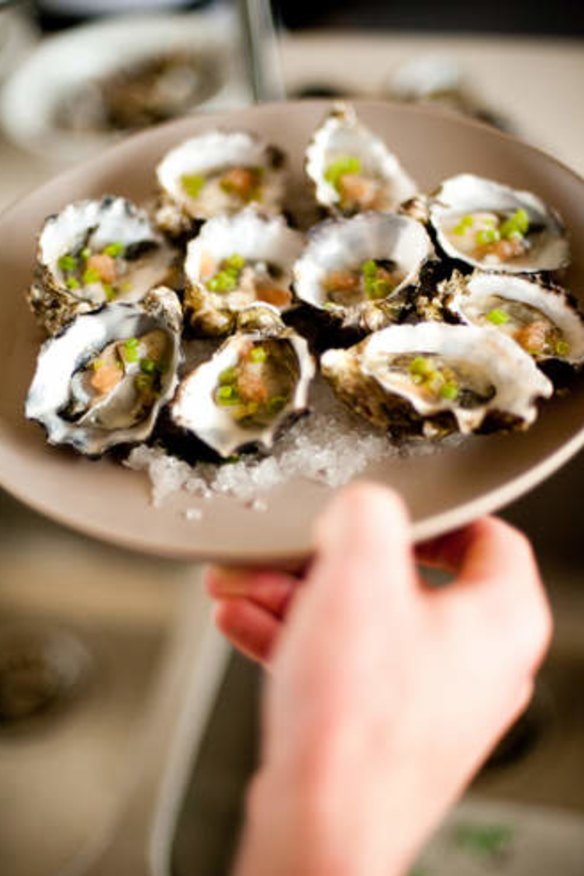
Nearby are what appears to be venetian blinds floating in the water. They are in fact plastic slats on which the spat or baby oysters settle after they are fertilised.
It's this urge to reproduce that determines so much of any oyster's quality. In spring and early summer the oysters fatten up and become laden with sperm and eggs.
For many oyster lovers this is when they are at their peak: rich and creamy with a texture and flavour that marry so beautifully with drinks such as sparkling whites and creamy stouts.
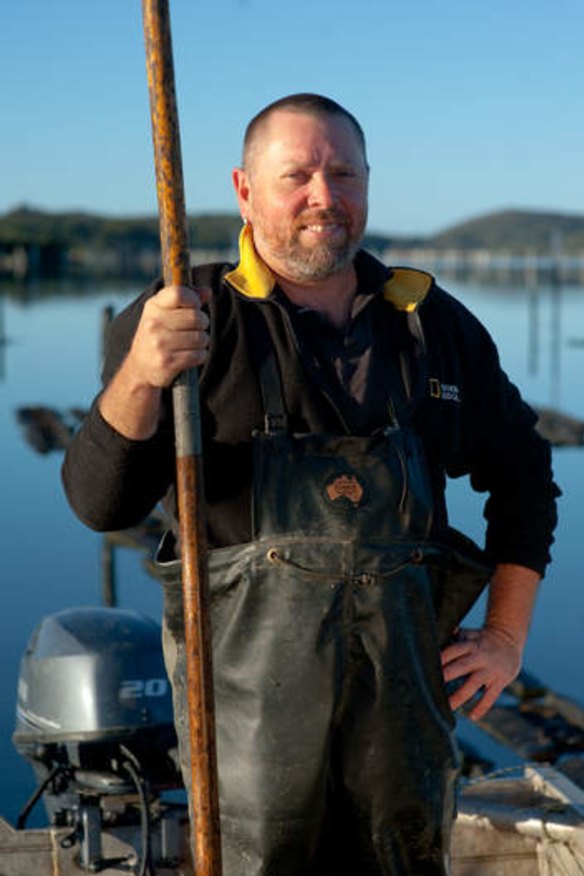
But then, when the water is warm enough and there is a downpour, the oysters pump the water full of eggs and sperm, which join in the water. The resulting spat eventually cling on to whatever surface they can find, from rock to unlucky hermit crab.
After spawning, oysters appear spent and flaccid, lose weight and have that creamy taste and texture. Shortly, however, they regain some condition and have a more flinty taste, meatier texture and aromas of iodine, making them more suitable for eating with a dry white wine such as muscadet or chablis. Oysters can spawn as long as the water is warm enough and there is a flow of fresh water. Their urge to spawn can be kicked on by a full moon as well.
When I ask Buckley about the adage ''never eat an oyster in a month without an R'', he replies bluntly, "What a lot of bull. I have a lot of my French customers who prefer them after they have spawned.''
Buckley will harvest these oysters when they are about three years old and sell them directly to restaurants. The one thing he insists on is that his oysters are freshly shucked - he won't sell them to restaurants that open oysters before service.
"What's the point?" he asks. "I have gone to all this trouble to create the best oysters I can. Why let them sit open for a few hours? They are at their best the moment they are opened."
With that he quietly pushes away from the oyster bed with his pole as a sandy-coloured stingray investigates the freshly disturbed sand.
The best recipes from Australia's leading chefs straight to your inbox.
Sign up